Bryant Park
Bryant Park began it's service to the people of the city of New York as a potter's field in 1823. With the construction of the Croton Distributing Reservoir just to the east between 1839 and 1843, the graveyard was decommissioned and converted to Reservoir Square, a public park that opened in 1847. For the 1853 World's Fair, a massive Crystal Palace was built in the park, where it stood until being consumed in a spectacular fire five years later. In 1884, the park was renamed in honor of poet and editor William Cullen Bryant (1794-1878). In the 1890s, the reservoir was decommissioned and replaced by the New York Public Library.
As with Central Park, Bryant Park suffered the effects of the changing city and inadequate maintenance during the early decades of the 20th century. And also as with Central Park, Robert Moses secured WPA funds for its renovation in 1934 on a design by Queens architect Lusby Simpson.
The economic and social ills of the 1970s lead to a similar decline, despite being designated a scenic landmark in 1974 by the Landmarks Preservation Commission. In 1980, Andrew Heiskell and Daniel Biederman created a master plan for restoring the park under the leadership of the Rockefeller Brothers, forming the private, non-profit Bryant Park Restoration Corporation. A redesign was approved in 1988 and the restored park reopened in 1992. The park subsequently also served as a flexible event area, hosting Fashion Week events, free movies in summer and a skating rink / shopping area around Christmas. (reference)
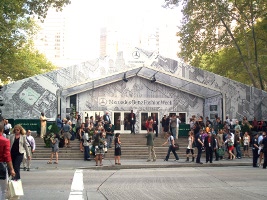
Bryant Park
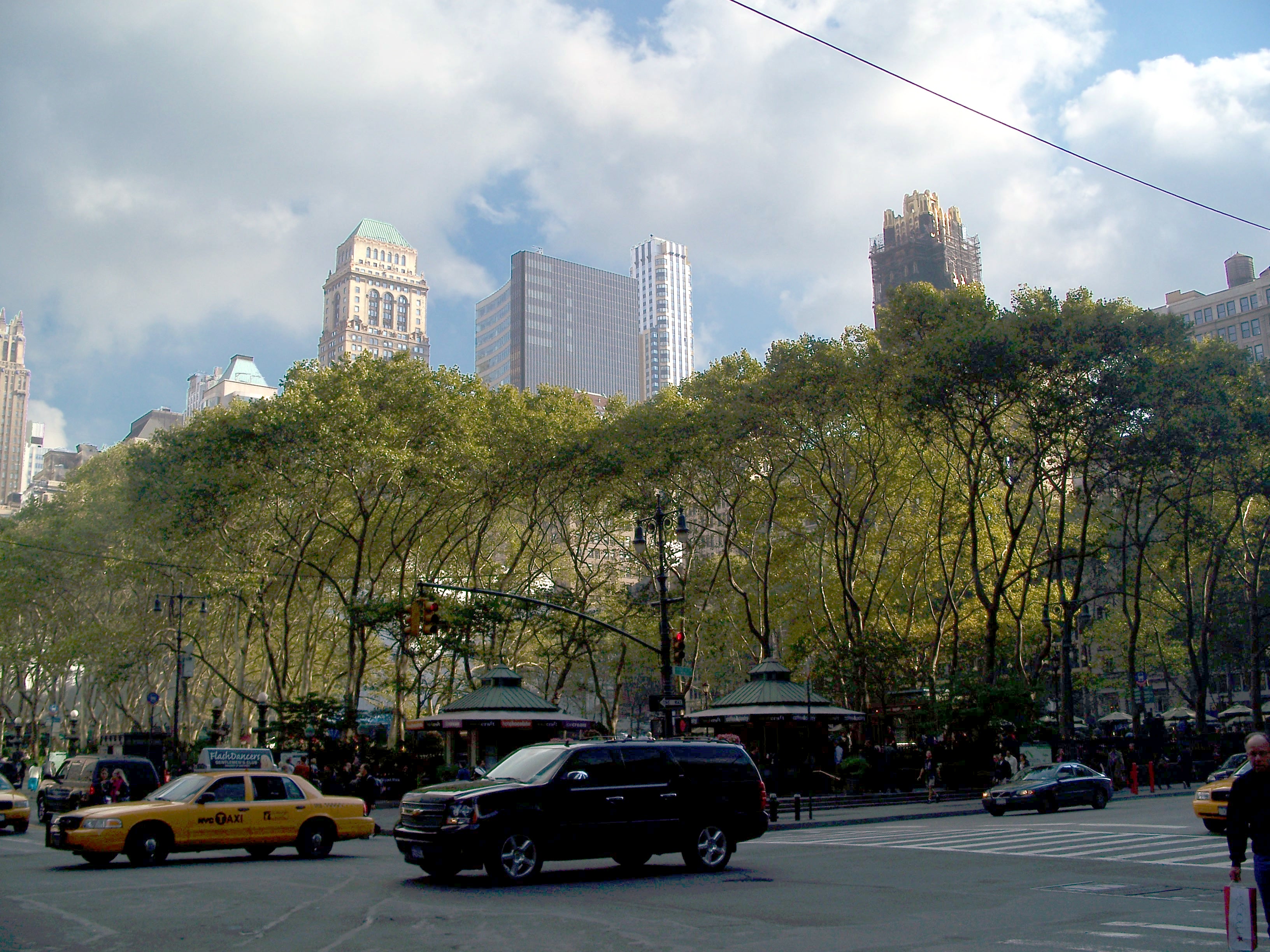
Bryant Park
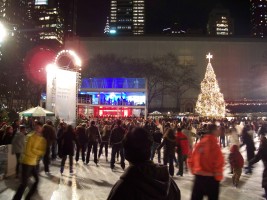
Bryant Park
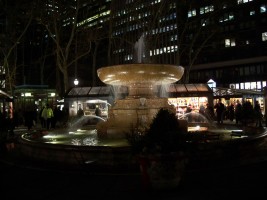
Bryant Park
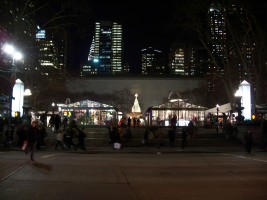
Bryant Park

Bryant Park
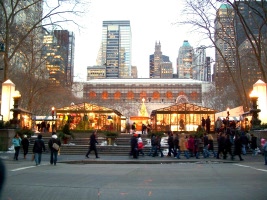
Bryant Park
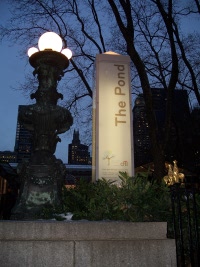
Bryant Park
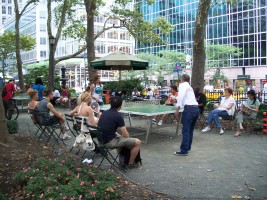
Bryant Park
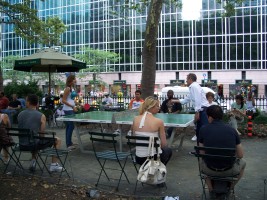
Bryant Park

Temporary generators (video)
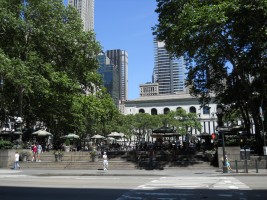
Bryant Park

Bryant Park
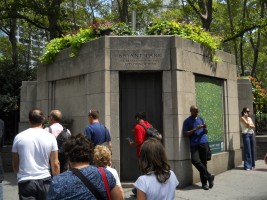
Bryant Park
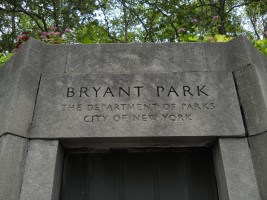
Bryant Park
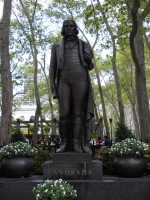
Jose Bonifacio de Andrada e Silva, Brazilian patriot
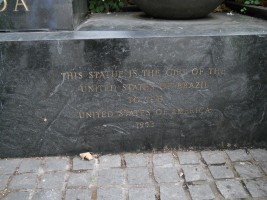
Bryant Park
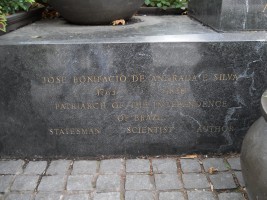
Bryant Park
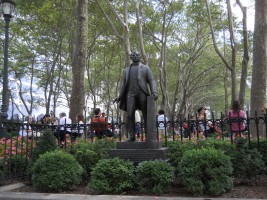
Bryant Park
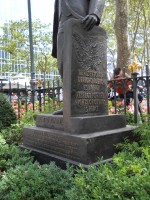
Bryant Park

Bryant Park
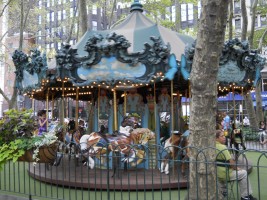
Bryant Park
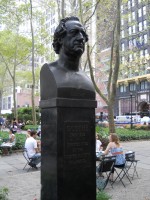
Bryant Park
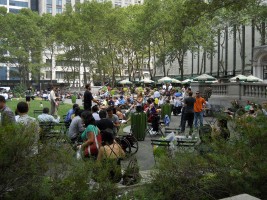
Bryant Park
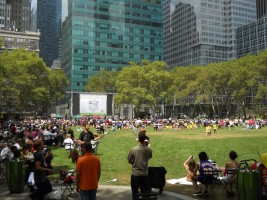
Bryant Park
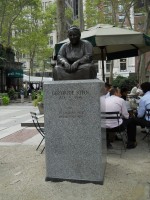
Bryant Park
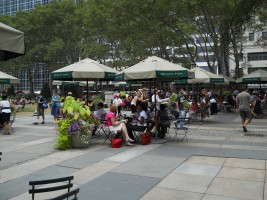
Bryant Park
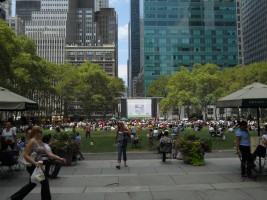
Bryant Park
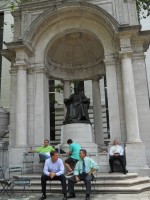
Bryant Park
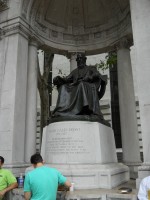
Bryant Park
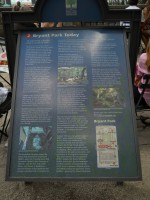
Bryant Park
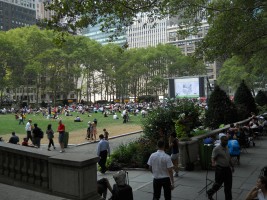
Bryant Park
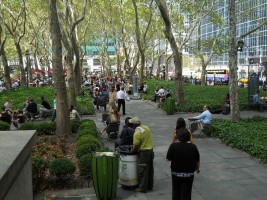
Bryant Park
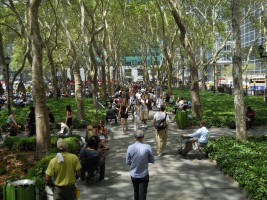
Bryant Park

Bryant Park

Bryant Park
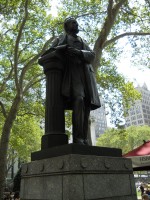
Bryant Park

Bryant Park

Bryant Park
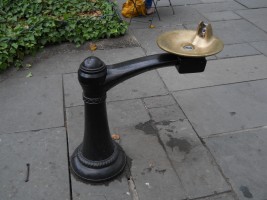
Bryant Park
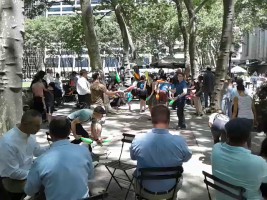
Bryant Park jugglers (video)
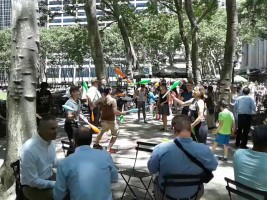
Bryant Park Jugglers (video)